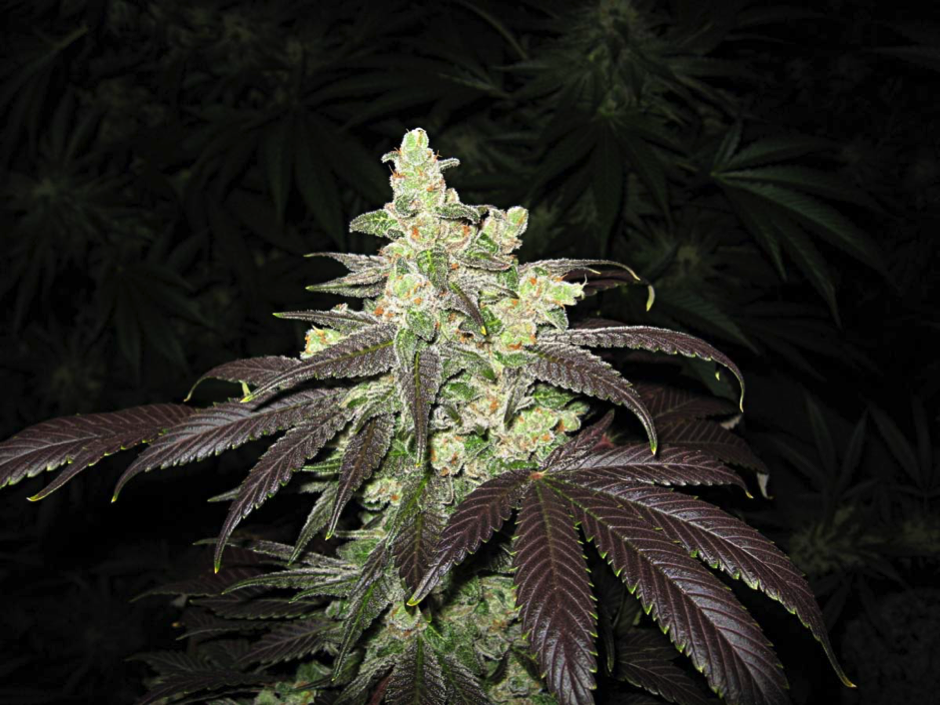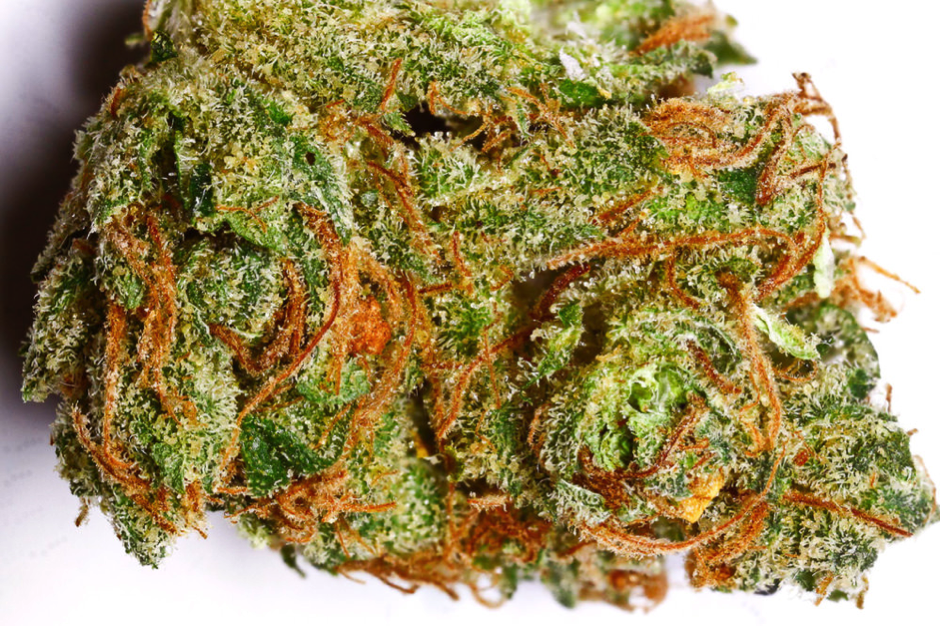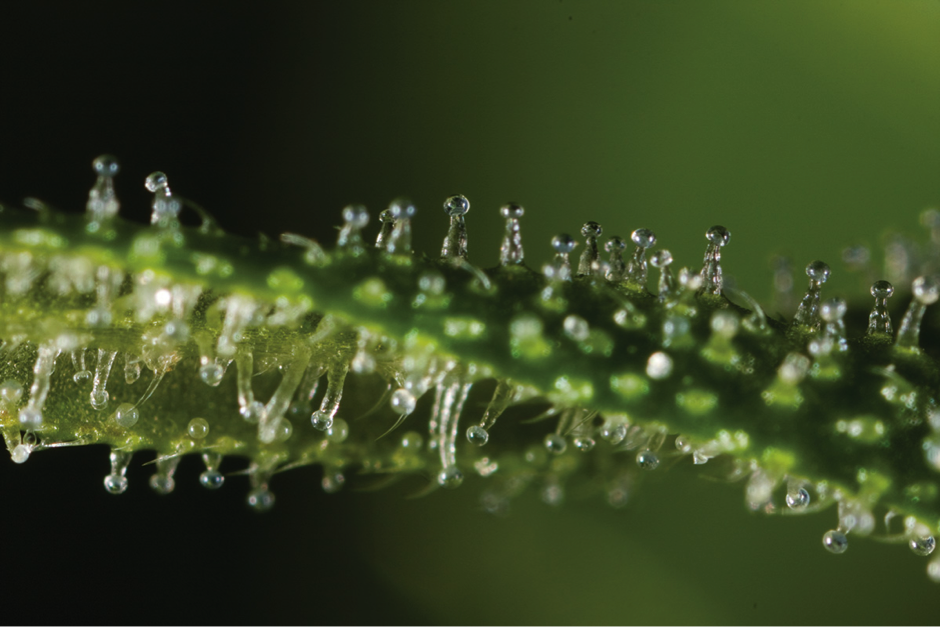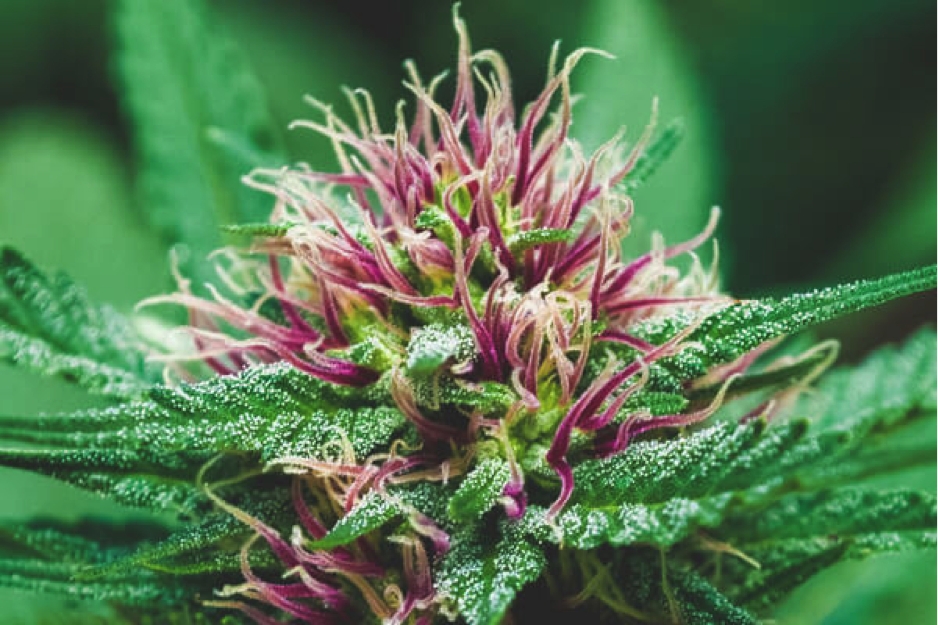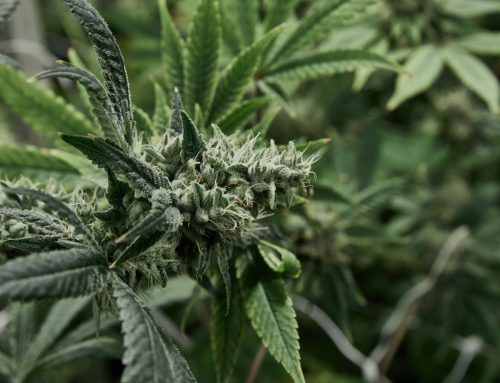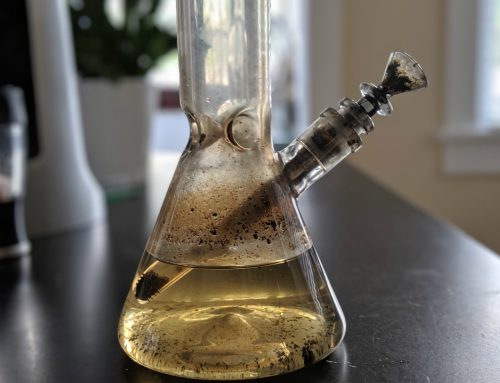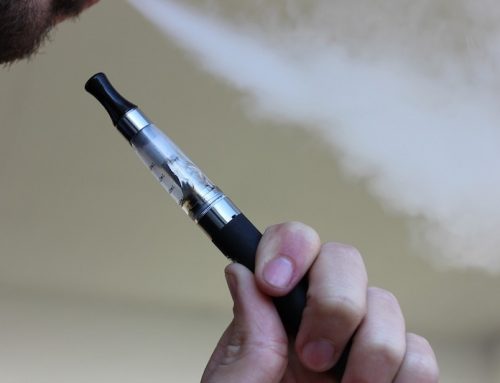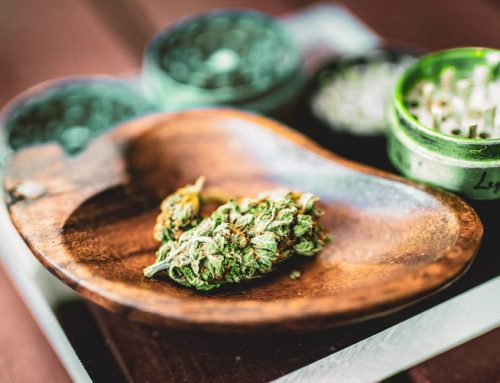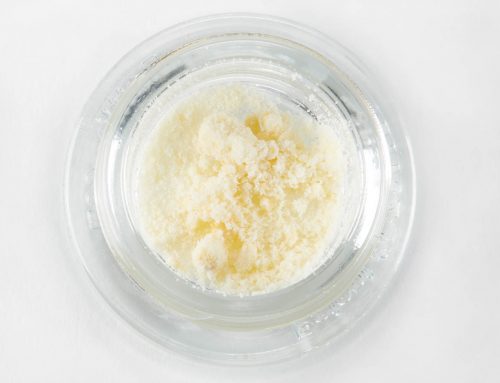Cannabis Anatomy- Know the difference between a Cola and a Calyx
You think you know cannabis well enough but what about cannabis anatomy? At least, you know you live the stuff and have got a pretty good handle on how to identify a quality batch. You might have even mastered the art of growing the good stuff, making a name for yourself as a premium producer of pure prestige. But when it comes to the real science of cannabis, how much do you really know?
For instance, if you were to take a look at a quality cannabis bud, would you honestly know your cannabis anatomy? You might know a few buzzwords, but do you know what they mean? More importantly, do you care? Of course you do. After all, how can you enjoy something to its fullest if you don’t fully understand it?
So just to help shed light on a few of the more overlooked bits and pieces when it comes to cannabis anatomy, what follows is a brief guide to some of the ‘components’ you might think you know, but probably not that well.
Cannabis Cola
The world ‘cola’ refers to the cannabis flower that develops right at the end of any branch. It’s usually used in reference to the biggest bud of all that grows at the top of the plant’s main stem, but does in fact apply to all buds that appear at the ends of major branches It is sometimes referred to as the main cola, the apical bud or the terminal bud, but in all instances is exactly the same thing. Not only can your approach to growing have a strong influence on the potency and size of the colas your plants produce, but also the number of them that appear too.
Cannabis Calyx
What you no doubt refer to exclusively as the ‘bud’ of the cannabis plant is actually known in official circles as the calyx. So what is a Calxyes definition? While the cola is the section at the end of the branch where the bud develops, the calyx is the bud itself. They feature a tight concentration of sugar leaves, which are named after the way in which they develop a frosty coating of trichomes…hopefully, along with pistils and teardrop-shaped nodules. As this is where the most potent dose of trichomes in the whole plant can be found, this is pretty much the money-shot when it comes to getting the highest and heaviest hit a cannabis plant has to offer.
Bud Pistils
If you’re wondering where these guys come into the equation ‘pistil’ is the official term for what are most commonly referred to as the hairs that emerge from the calyx. When the first begin to emerge, they are white in colour, though eventually give way to a huge variety of reds, browns and oranges. They appear to grow randomly in all different directions, but pistils are actually on an important mission.
They are produced to grab hold of pollen from male plants, in order to pollinate the flowers and reproduce. Which is, of course, something you don’t want if you’re out to smoke the stuff you grow. After Pistils the buds begin to form and can take around 2-5 weeks for buds to fully form. Contrary to popular belief, the very low concentrations of THC or terpenes in pistils mean they don’t add a great deal to the aroma, flavour or hit of the cannabis being grown. There has also been many an argument about whether the orange hairs are Sativa or Indica, they are actually on all cannabis plants as they are a part of the plants sex organs. So you won’t be able to tell if it is Sativa or Indica by looking at the pistils.
Trichomes
As for trichomes, the best way of thinking of these wonderful little things is as the factories that produce the good stuff. Both cannabinoids and terpenes are created in the resin glands on cannabis flowers and leaves, which are known officially as trichomes. Shaped a little like mushrooms and microscopic in size, it’s how well the trichomes do their job that will determine how awesome or otherwise the cannabis is you produce. Trichomes feature a head and a stalk, though it’s in the head that cannabinoids are produced – one of which being THC. While there are actually three different kinds of trichomes, studies have shown that they all effectively do the same job – contributing to the same cause. Trichomes aren’t to be confused with the resin itself – they’re what you have to thank for producing the resin.
Terpenes
One of the most overlooked of all elements that contribute to the total package, terpenes play a critically important role in the production of truly outstanding weed. Trichomes, THC, CBD and so on are all well and good, but to create the kind of cannabis you’d kill for, you need terpenes in your life. Why exactly? Well, quite simply because the terpenes in your weed will help determine exactly how it smells and tastes. That pungent, unmistakable smell that lets you know you’re onto a winner? That’s right…you have terpenes to thank. But it’s not only about fragrance and taste, as terpenes represent important building blocks that cannabis plants need to reach their peaks. More than 200 different terpenes are produced by cannabis plants, which affect not only the flavour profile, but also the therapeutic effects of the final product.
THC
Does THC really need any introduction? It certainly shouldn’t, but if it does tetrahydrocannabinol was discovered as recently as 1964 in Israel by Dr. Raphael Mechoulam. It is the cannabinoid most associate cannabis with instinctively, not to mention the component in the stuff that’s responsible for getting you high. Pretty much everything about that euphoric, buzzing experience weed is synonymous with comes from the THC it contains. When cannabis is sold commercially, the quantity of THC it contains usually has a direct impact on its price. Medical marijuana is often created specifically to contain little to no THC whatsoever while it’s perfectly possible for growers at the other end of the scale to come up with strains boasting a whopping 30% THC content or more. When creating cannabis concentrates, THC content can reach in excess of 85%. Suffice to say, it’s most certainly not for beginners!
CBD
Last but not least, of the 110+ medically therapeutic compounds cannabis contains, the most important for those in medicinal circles is undoubtedly Cannabidiol (CBD). Though CBD takes a backseat to THC in the eyes of those looking to get baked, it is nothing less than a marvel of medicine. And far from a modern one at that…we’ve been using the stuff in one way or another for thousands of years.
The power of CBD as a medical product has led to it being legalized across most of the United States – the fact that it remains entirely illegal in the UK is a little on the depressing side. CBD has been shown to have a wide variety of beneficial effects on an extensive range of life-affecting conditions and diseases. It does its job without getting the person in question intoxicated, meaning it has little to no impact on mood, behaviour or anything else for that matter. It has even proved to be highly effective and safe when used to treat rare and dangerous forms of epilepsy in children.
And there you have it – a very basic yet informative breakdown of cannabis anatomy. There’s a lot more to it if you want to get deep down with the science, but to be honest it’s not exactly mandatory to do so. Whether growing your own or buying as you go, it’s simply a case of picking up a few basics to ensure you get maximum appreciation from every nug. And if you want to bore your friends with a few semi-interesting factoids, be our guest!

